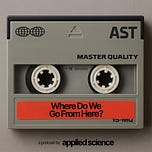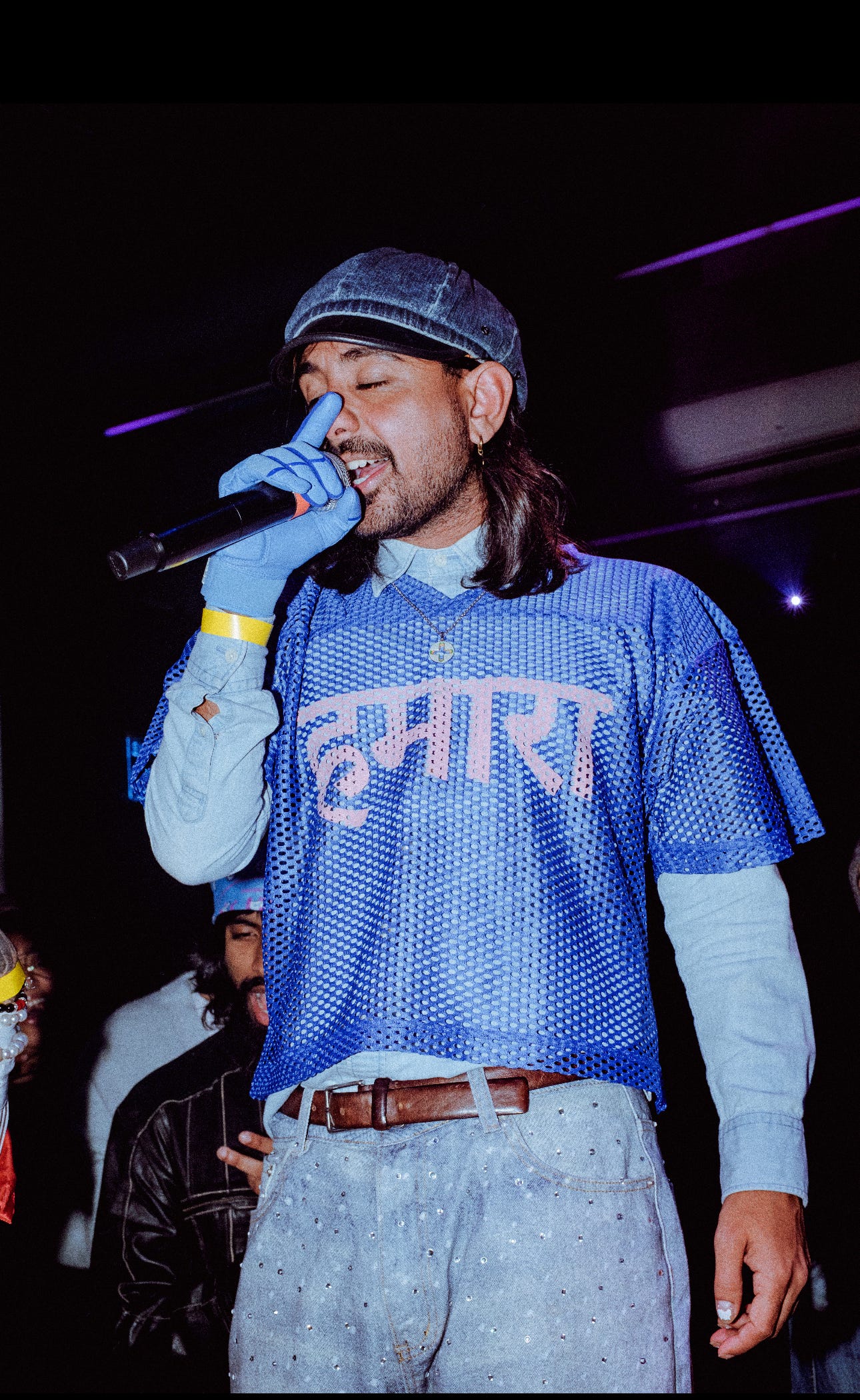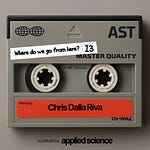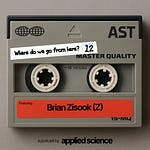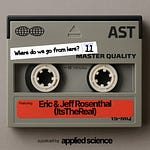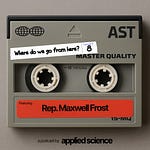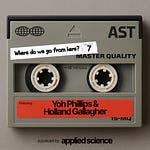My guest on today’s episode of Where Do We Go From Here? is Keshav Garg, co-founder and CEO of Indify. He’s also an artist recording under the name prettyboyshav. Indify started as a tool for A&R’s to source emerging talent, quickly evolving into its current form as a platform that connects independent artists with various kinds of partners and potential funding sources. What began as a place for major labels to discover buzzing artists has turned into a marketplace for independent artists to more selectively build their teams, a vision of the present and future that categorically denies any one-size-fits-all solutions.
I’ve known Shav since the dawn of Indify when I often challenged him to think outside the box of purely acting as a feeder system for labels. I certainly won’t take the credit for this, but today Indify’s mission is to provide healthier alternatives and deal structures for rising artists who might otherwise see major label deals as their only option to achieve scale. It’s a noble vision and one they’re enacting with increasing speed and buy-in from artists.
A few key takeaways from our conversation…
Artists deserve more. Indify’s standard contract will not allow an artist to give up more than 50% of their revenue. Implementing that sort of split as a standard feels quietly revolutionary. Historically, artists signed deals that entitled them to 12-20% of the overall recorded royalty pie, making recoupment extraordinarily difficult by placing all kinds of contractual restrictions on what types of income counted towards paying back label advances. Indify gives artists the ability to choose from a buffet of partners that suit them best and limit the stake any one partner can have in their business. It is a model that centers talent, rather than paying lip services to creators while extracting their value.
Artists are founders. One of Keshav and Indify’s core theses: In the streaming era, every artist is a founder. As he puts it, digital distribution allowed artists who “independently” release music to become “independent businesses and thus founders.” They risk more and control more simultaneously. As I mention in our conversation, I think this framing can diminish the role and desires of some artists, I do see it as a useful construct for artists and their teams to understand the requirements of successfully supporting a career through the natural vicissitudes of a difficult profession. Indify seeks to provide the sort of incubator that so many tech founders and companies have received.
Technology can make us better…Indify’s platform introduces a relatively new concept, providing a fully digital marketplace connecting artists with various partners, such as marketers, distributors, and creative directors. Rather than signing to a label and hoping all of their departments meet an artist’s needs, Indify’s founder envisions a future in which artists can seamlessly build a modal team that best matches them on each front.
…but it won’t save us. At the end of our conversation, we talk a bit about the limitations of anyone tool’s ability to “save” creative people. True protection requires legal guardrails. Shav acknowledges that advocating for artists’ rights might require "going to Congress,” though the political climate feels increasingly hostile to art, artists, and creative culture.
Huge thanks to my friend, client, and former guest Tim Anderson of Good Neighbor for providing his studio for this episode. Special thanks, as always, to Anna Kasper for producing, Will Grogan for providing our music, and Hugh Huntingford for designing the Applied Science logo and podcast cover image.
Even though so much of Los Angeles has returned to a sense of eerie normalcy, the loss from January’s fires remains immeasurable and many people still need help. As usual, please see a list of resources for fire recovery below.
LA Country has launched an exhaustive website with resources for preparedness and recovery (including links for debris removal and right of entry forms). The site is updated regularly (most recently on 3/10/25).
Mutual Aid Network of Los Angeles’s provides an expansive number of funds, organizations, and aid types across the expanse of the city. Additionally, it provides a powerful tool for finding specific aid types. A great place to start for anyone looking to do some good or in need of assistance.
A book/PDF written for parents to help explain the enormity of wildfire to their children.
PBS SoCal’s resources for how to talk to children about wildfires.
A U.S. government fact sheet on protecting children from wildfire smoke and ash.
A spreadsheet of GoFundme’s for Black families from Altadena who have been displaced or lost their homes. Altadena is one of Los Angeles’ historically Black centers, a place where generations of hard-earned wealth and equity in the land were decimated in a matter of days. (first seen via Saul Williams)


